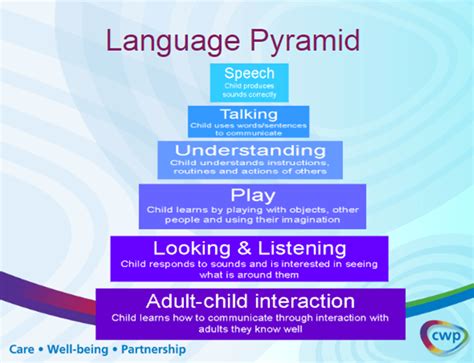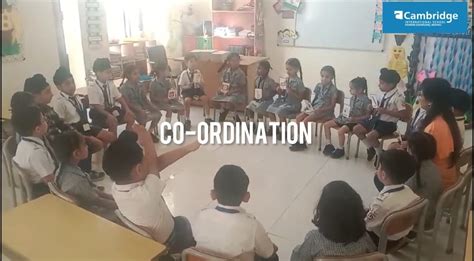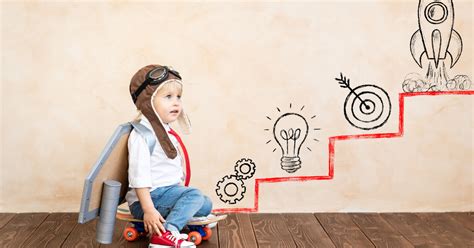Intro
As a parent, it's natural to be curious about your child's development and wonder if they are meeting their milestones on time. At three years old, children typically experience significant growth and development, and there are certain milestones you can expect them to reach. In this article, we'll explore the typical developmental milestones to expect from your three-year-old child.
At three years old, children are learning and developing new skills at a rapid pace. Their brains are wired to absorb and process new information, and they are constantly exploring and experimenting with their surroundings. As a parent, it's essential to provide a nurturing environment that encourages learning and development.
Language and Communication
Three-year-olds are beginning to develop their language skills, and you can expect them to:
- Use simple sentences to communicate their needs and wants
- Identify and name basic shapes and colors
- Follow simple instructions and directions
- Engage in conversations with others, using gestures and facial expressions to convey meaning
- Start to use pronouns, such as "I" and "me"

Cognitive Development
Three-year-olds are learning to problem-solve and think critically. You can expect them to:
- Demonstrate an understanding of object permanence (i.e., objects still exist even when they can't be seen)
- Show an interest in puzzles and play with them
- Imitate actions and activities, such as feeding a doll or making tea
- Start to show an understanding of cause-and-effect relationships
- Engage in imaginative play, using objects to represent other things
Social-Emotional Development
Three-year-olds are learning to navigate social situations and develop emotional regulation skills. You can expect them to:
- Show affection for family members and friends
- Engage in parallel play with other children (i.e., playing alongside each other, but not necessarily interacting)
- Start to show an understanding of empathy and cooperation
- Test boundaries and assert their independence
- Experience a range of emotions, including happiness, sadness, and frustration

Gross Motor Skills
Three-year-olds are refining their gross motor skills, including:
- Running, jumping, and kicking a ball
- Climbing up and down stairs with support
- Pedaling a tricycle or balance bike
- Throwing a ball overhand
- Kicking a ball forward
Fine Motor Skills
Three-year-olds are developing their fine motor skills, including:
- Using scissors to cut straight lines
- Drawing simple shapes and pictures
- Building towers with blocks
- Dressing and undressing themselves (with some assistance)
- Using utensils to feed themselves

Sensory Development
Three-year-olds are exploring their surroundings and developing their senses. You can expect them to:
- Show an interest in sensory play, such as playdough, sand, and water
- Identify and name different textures, such as soft, hard, and rough
- Engage in activities that stimulate their senses, such as listening to music or watching bubbles
- Start to show an understanding of different tastes and smells
Tips for Supporting Development
As a parent, there are many ways you can support your child's development:
- Provide a nurturing environment that encourages exploration and learning
- Engage in activities with your child, such as reading, singing, and playing
- Offer opportunities for socialization, such as playdates and group activities
- Encourage physical activity, such as running, jumping, and dancing
- Model healthy habits and behaviors, such as sharing, taking turns, and using good manners

Red Flags for Developmental Delays
While every child develops at their own pace, there are some red flags to watch out for that may indicate a developmental delay:
- No babbling or cooing by 6 months
- No gesturing (pointing, waving, etc.) by 12 months
- No single words by 16 months
- No two-word phrases by 24 months
- Any loss of language or social skills at any age
If you have concerns about your child's development, it's always best to consult with your pediatrician or a qualified healthcare professional.
Conclusion
Watching your child grow and develop is an exciting and rewarding experience. By understanding the typical developmental milestones to expect from your three-year-old child, you can provide a nurturing environment that encourages learning and development. Remember to stay patient, supportive, and engaged, and don't hesitate to reach out if you have any concerns about your child's development.
What are some common developmental milestones for 3-year-olds?
+Common developmental milestones for 3-year-olds include using simple sentences to communicate, demonstrating an understanding of object permanence, and showing an interest in puzzles and play.
How can I support my child's language development?
+You can support your child's language development by engaging in activities such as reading, singing, and playing, and by providing opportunities for socialization and conversation.
What are some red flags for developmental delays in 3-year-olds?
+Red flags for developmental delays in 3-year-olds include no babbling or cooing by 6 months, no gesturing by 12 months, and no single words by 16 months.
